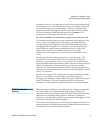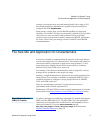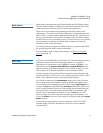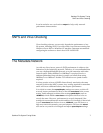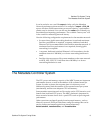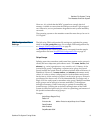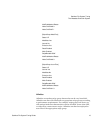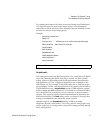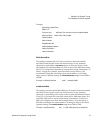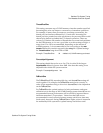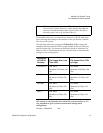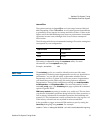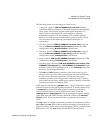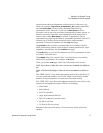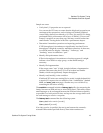
StorNext File System Tuning
The Metadata Controller System
StorNext File System Tuning Guide 11
For optimal performance, files that are accessed using large DMA-based
I/O could be steered to wide-stripe stripe groups. Less performance-
critical files could be steered to slow disk stripe groups. Small files could
be steered to narrow-stripe stripe groups.
Example:
[stripeGroup AudioFiles]
Status UP
Exclusive Yes ##These two lines set Exclusive stripeGroup ##
Affinity AudFiles ##for Audio Files Only##
Read Enabled
Write Enabled
StripeBreadth 1M
MultiPathMethod Rotate
Node CvfsDisk4 0
Node CvfsDisk5 1
StripeBreadth 0
This setting must match the RAID stripe size or be a multiple of the RAID
stripe size. Matching the RAID stripe size is usually the most optimal
setting. However, depending on the RAID performance characteristics
and application I/O size, it might be beneficial to use a multiple of the
RAID stripe size. For example, if the RAID stripe size is 256K, the stripe
group contains 4 LUNs, and the application to be optimized uses DMA I/
O with 8MB block size, a
StripeBreadth setting of 2MB might be optimal.
In this example the 8MB application I/O is issued as 4 concurrent 2MB I/
Os to the RAID. This concurrency can provide up to a 4X performance
increase. This typically requires some experimentation to determine the
RAID characteristics. The
lmdd utility can be very helpful. Note that this
setting is not adjustable after initial file system creation.
Optimal range for the
StripeBreadth setting is 128K to multiple
megabytes, but this varies widely. This setting cannot be changed after being
put into production, so its important to choose the setting carfefully during
initial configuration.
Note: Affinity names cannot be longer than eight characters.



